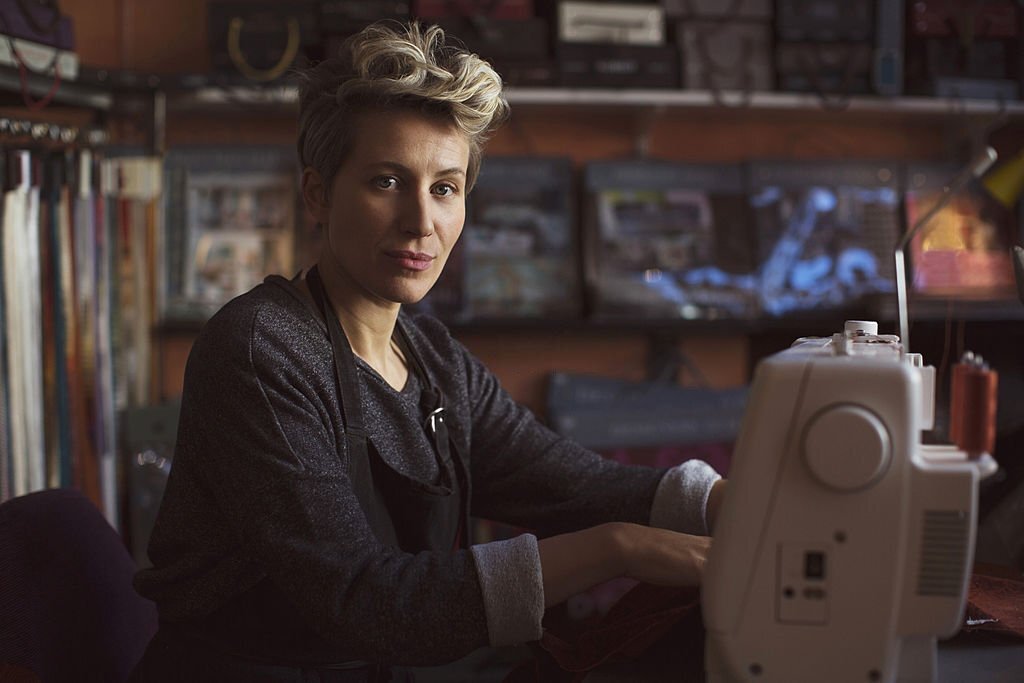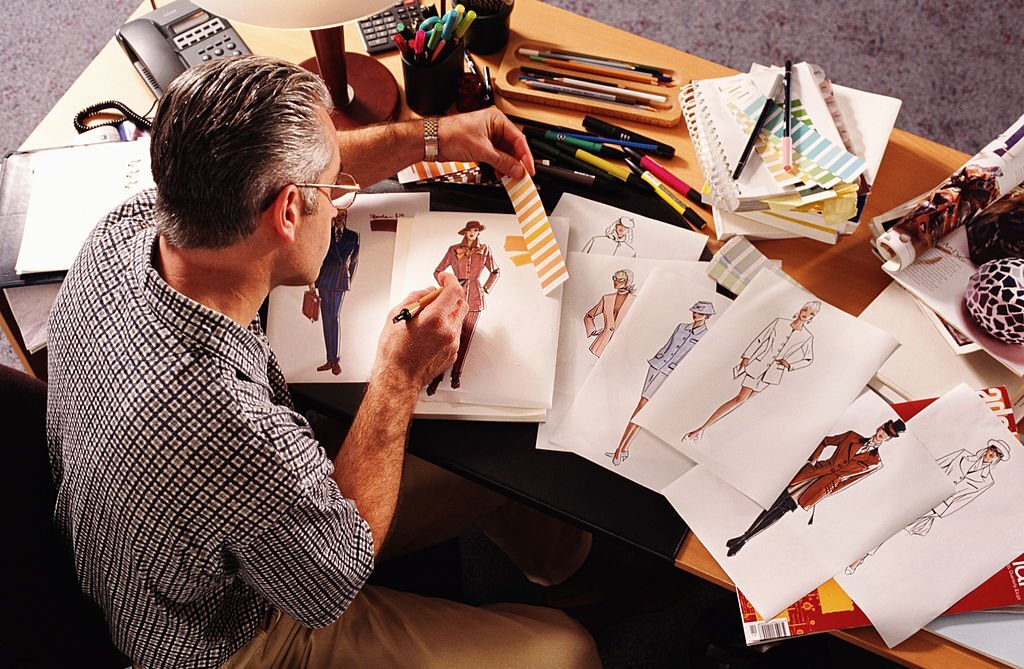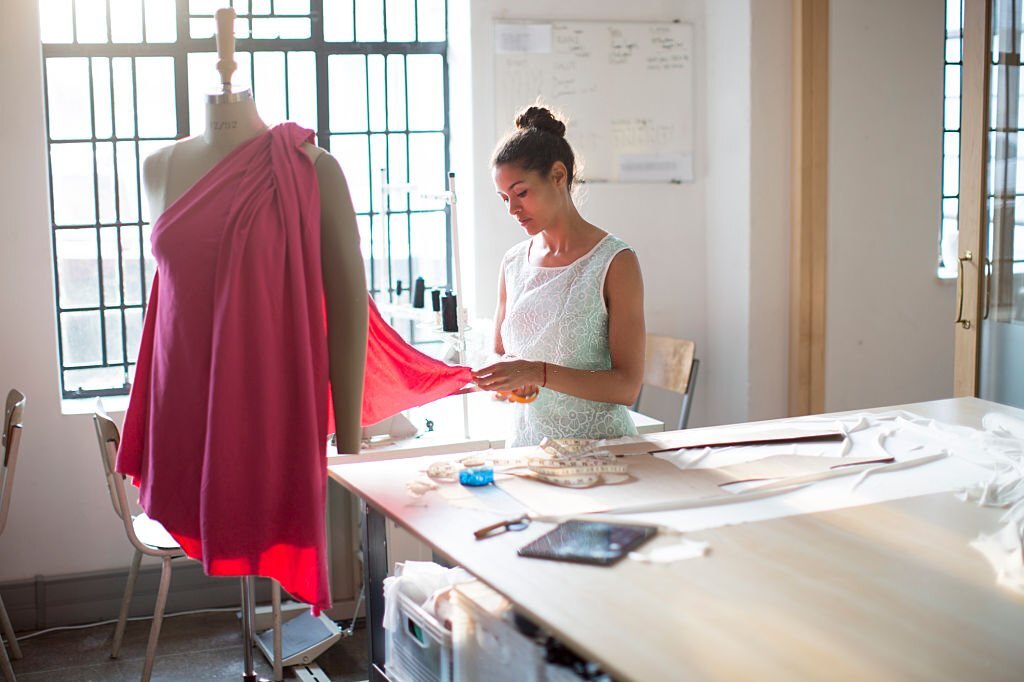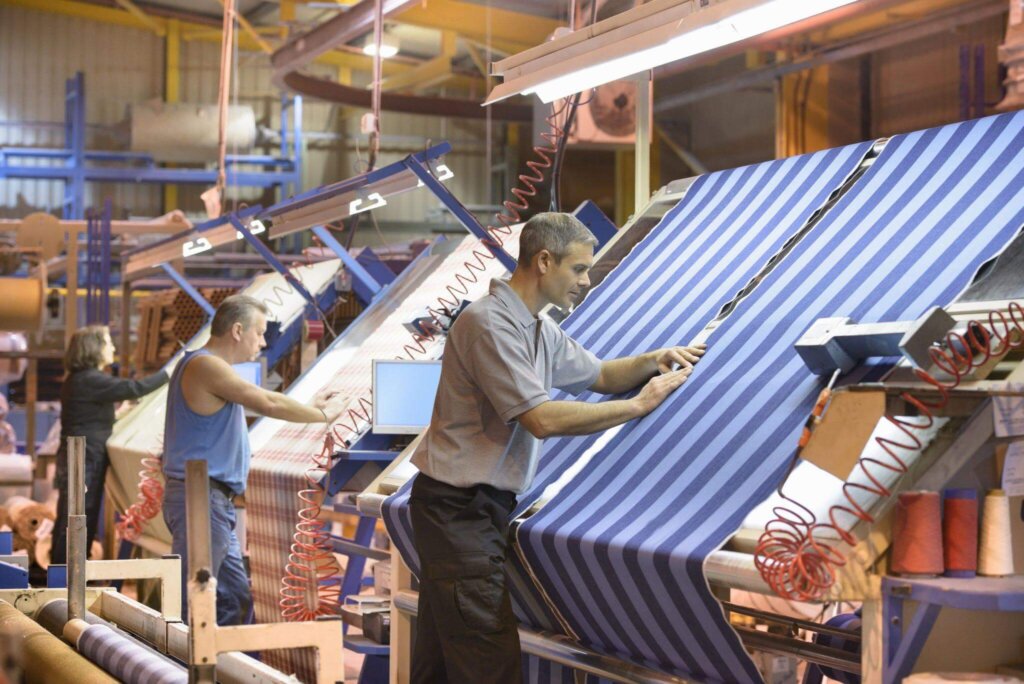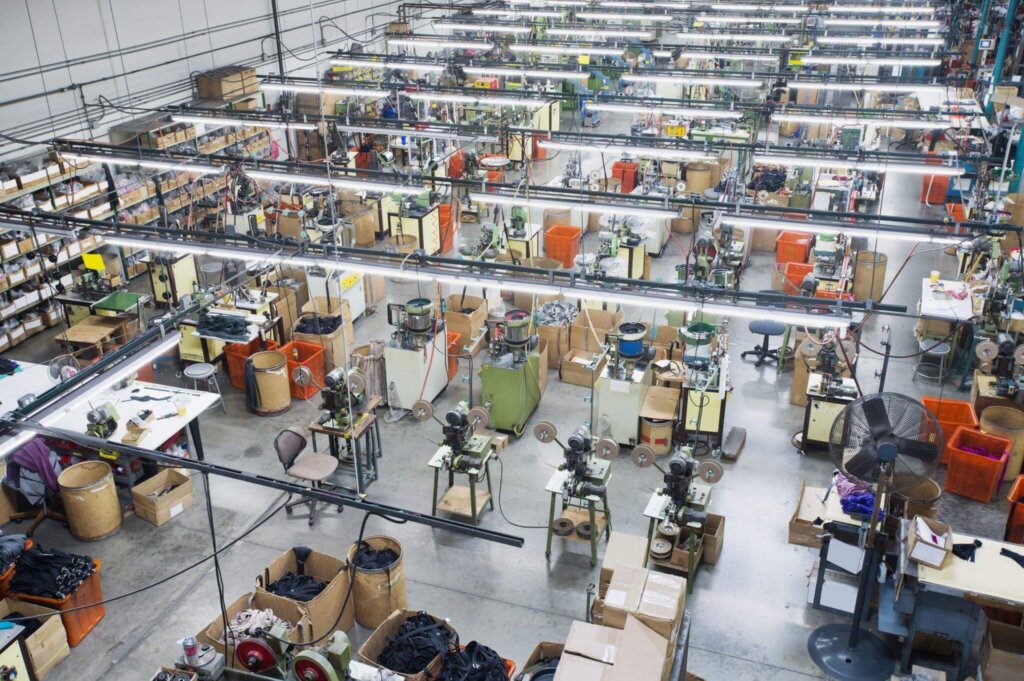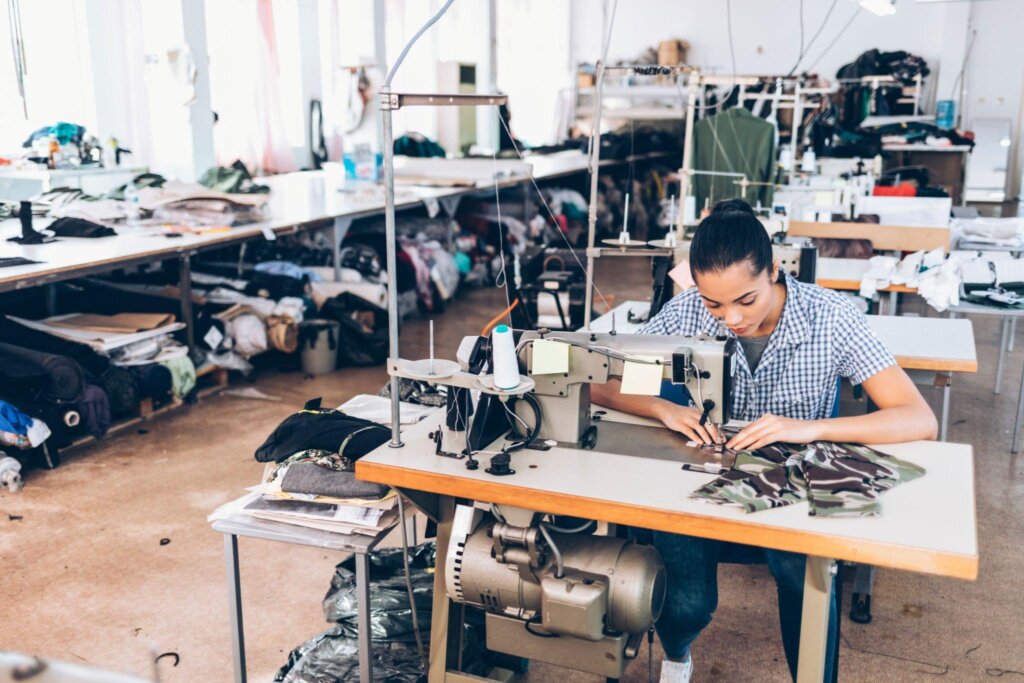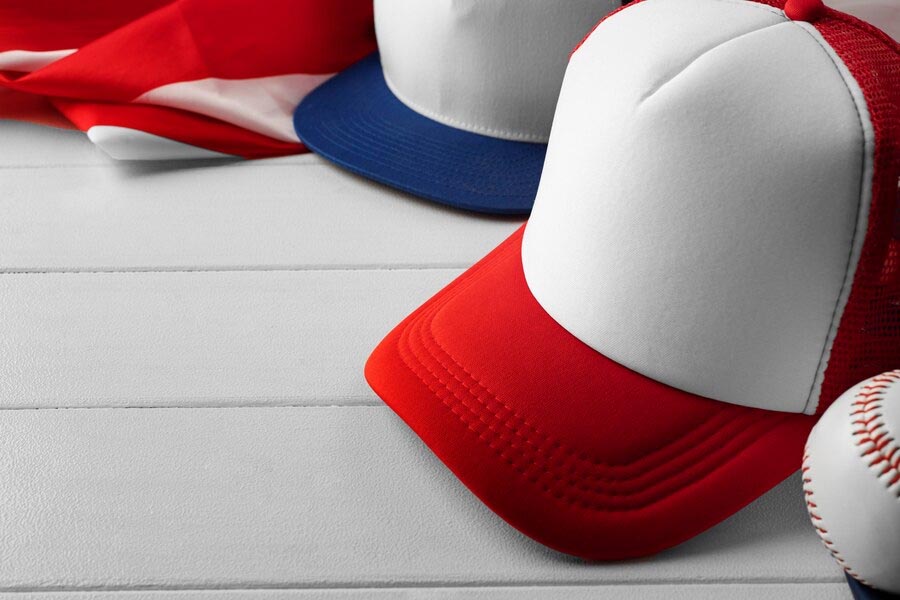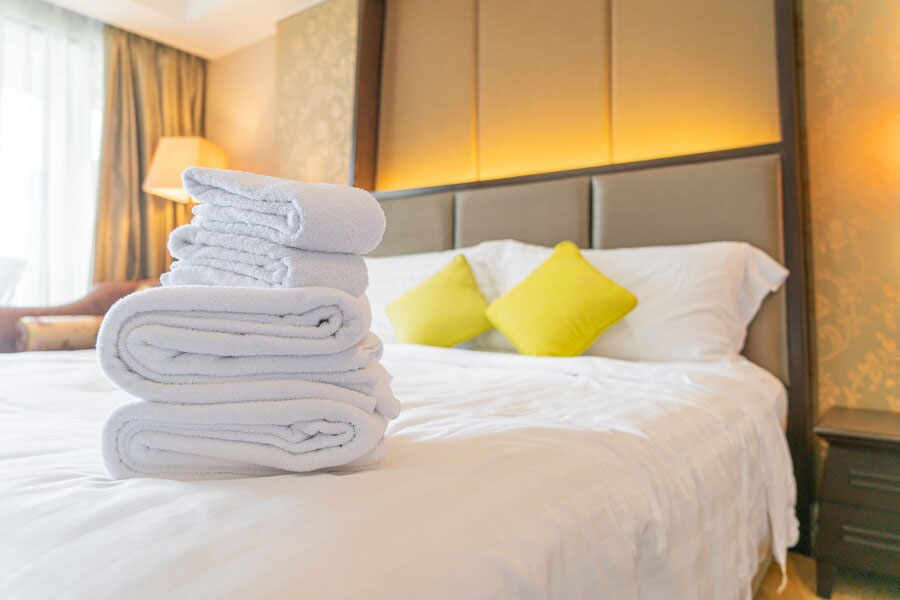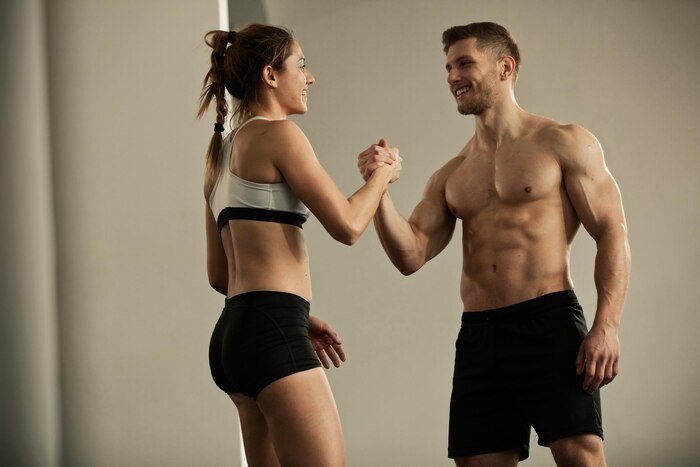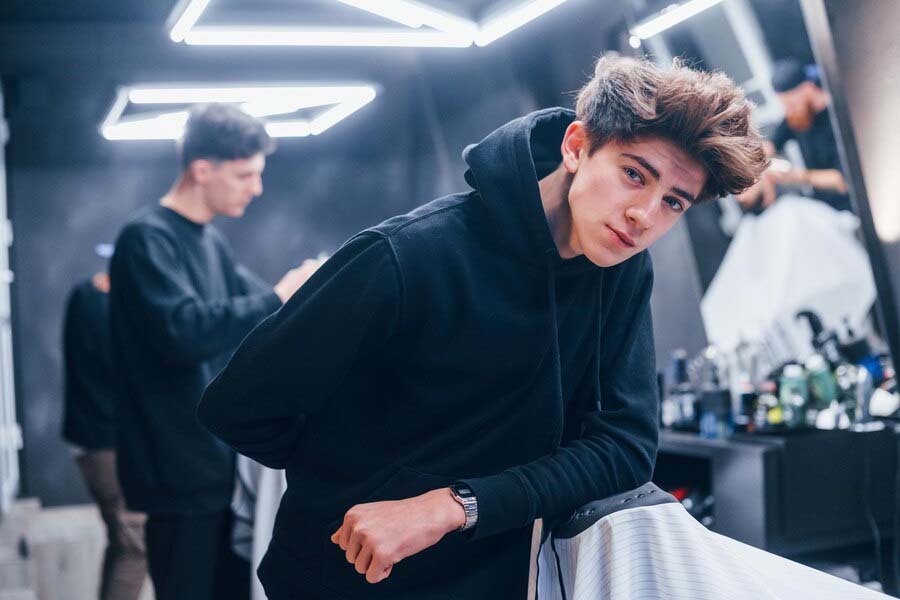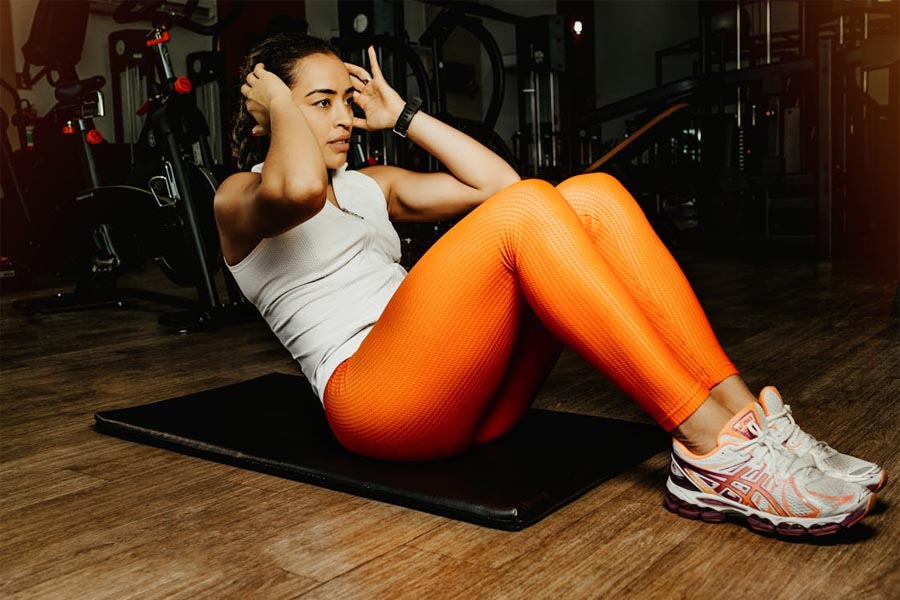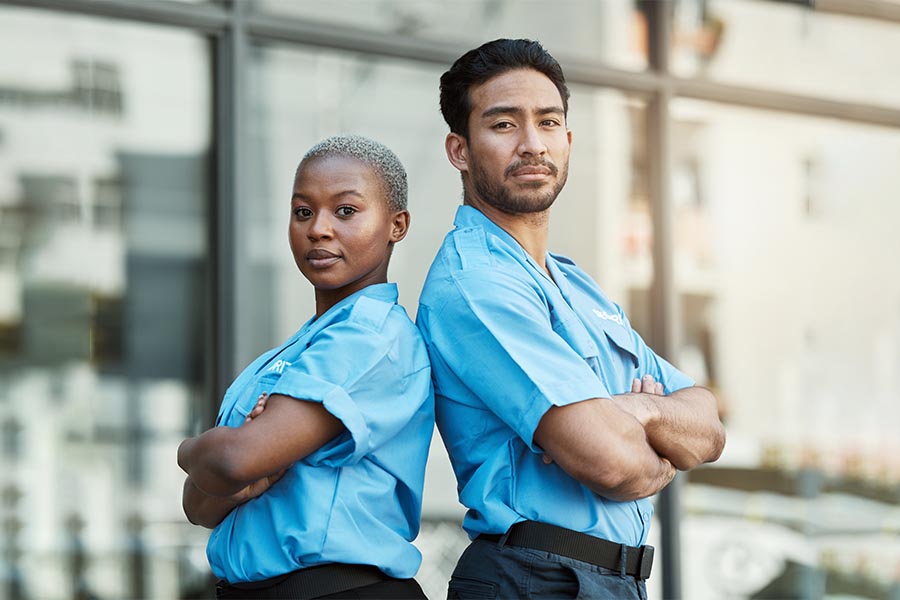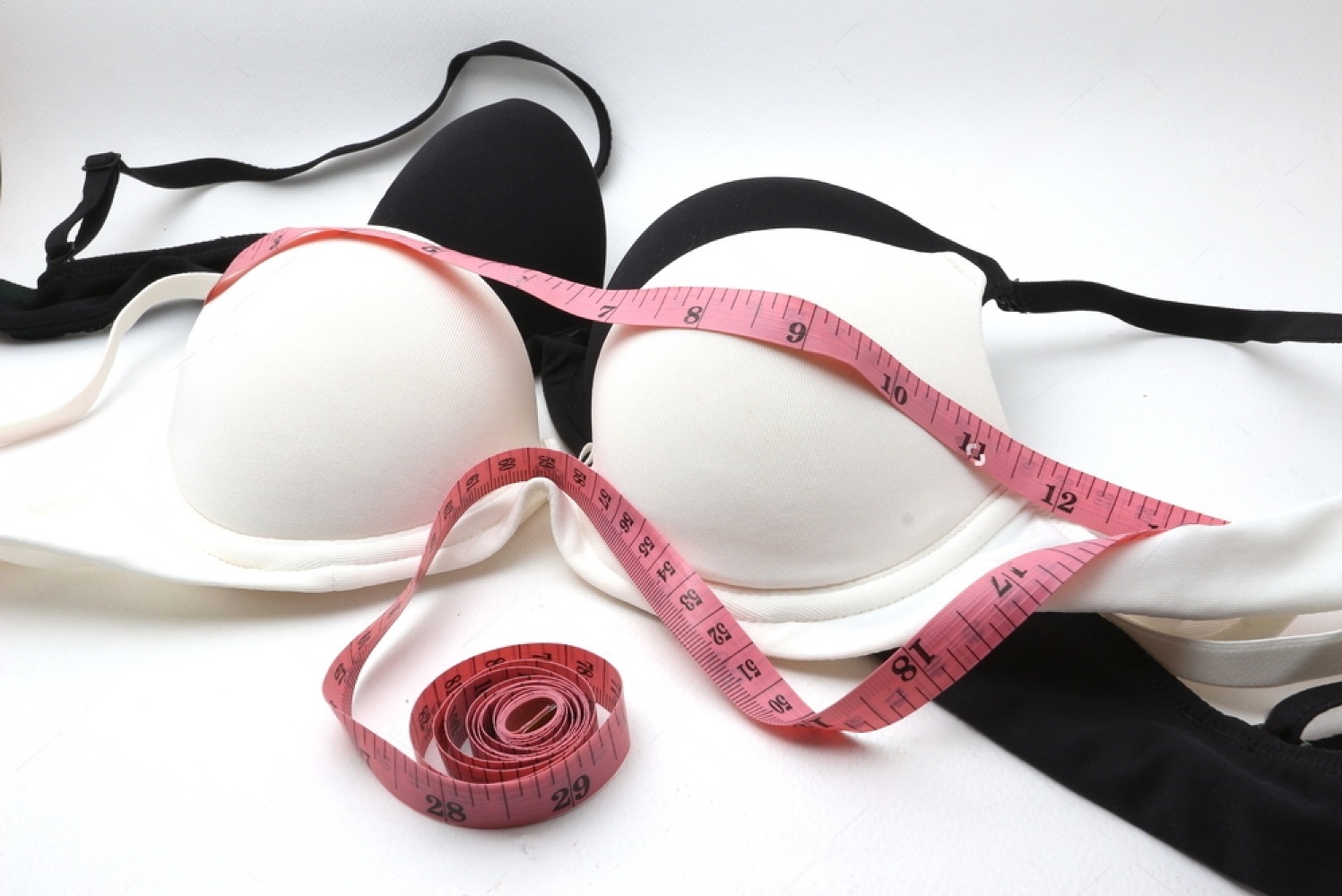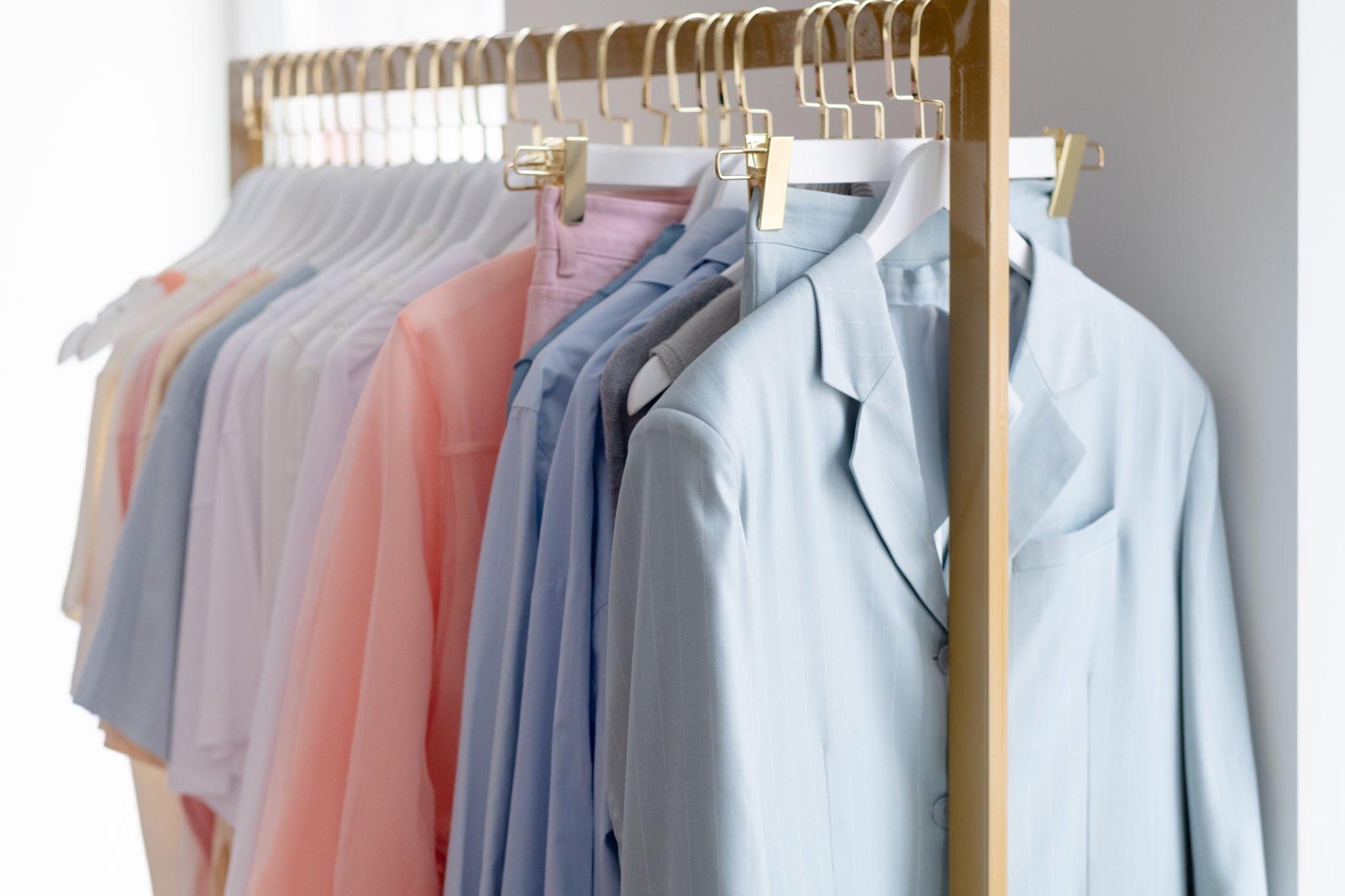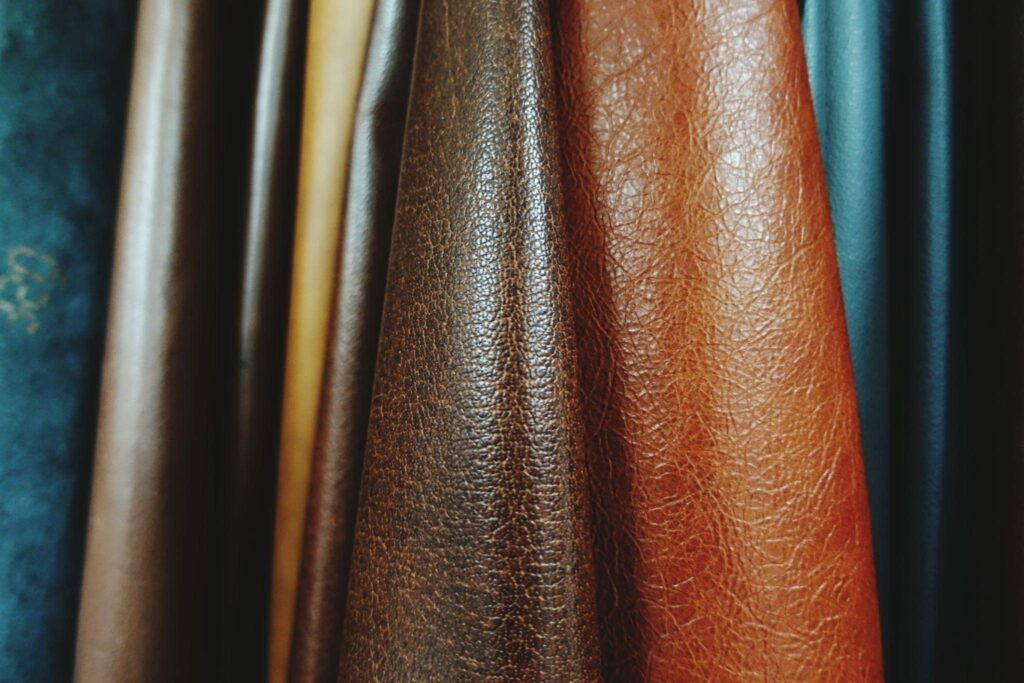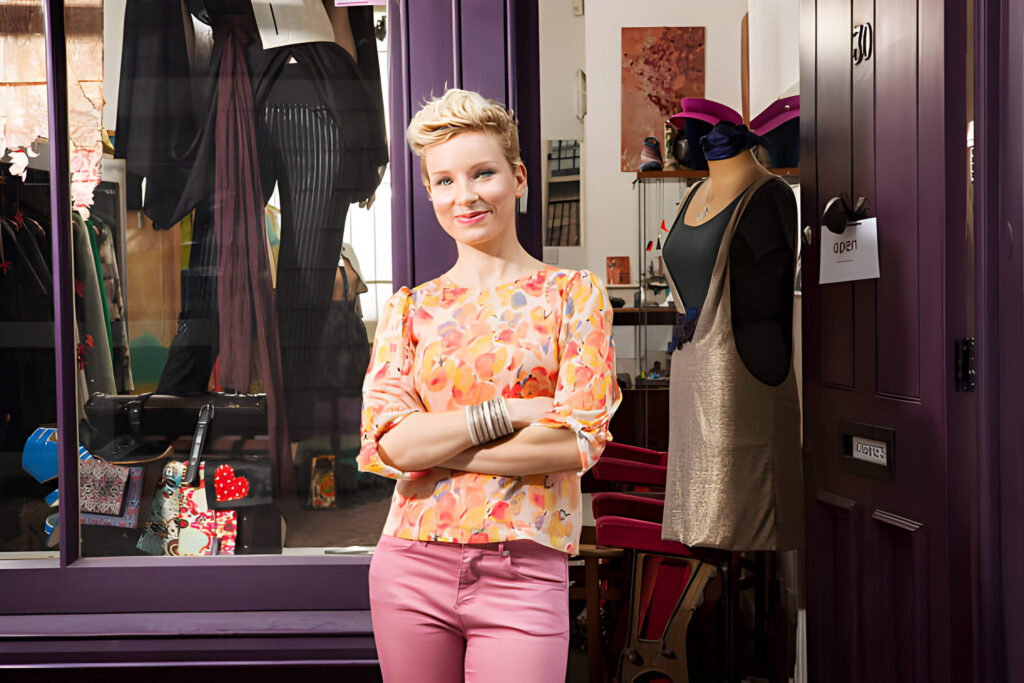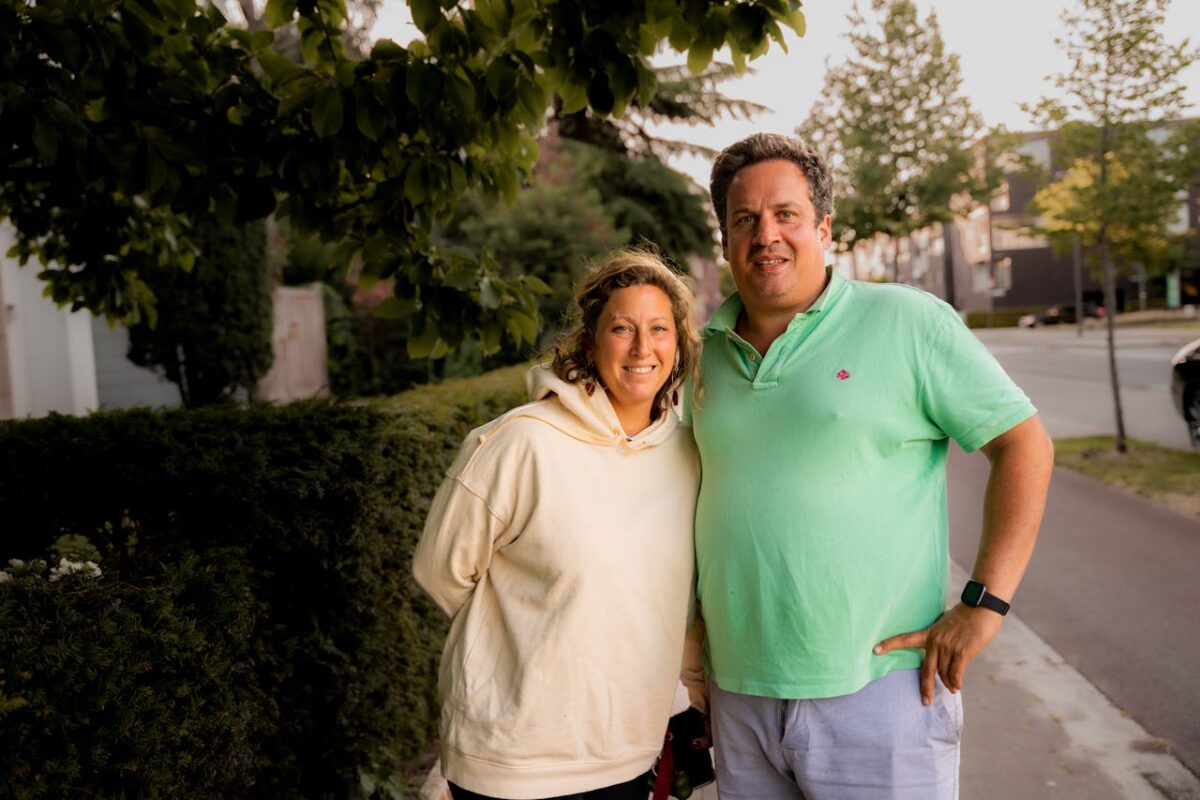The two words that cause the most misunderstandings around the world are jeans vs denim. These words are frequently used interchangeably, even though this is false. All denim is jeans, but not all jeans are denim. In a nutshell, denim is the basic material from which jeans are created. 100% cotton twill denim can also be used to create a wide range of accessories, such as purses, blouses, skirts, and jackets. Let’s look at how these two terms differ from one another.
The main difference between denim and jeans will be discussed in this comparison article. Additionally, we’ll discuss the distinct qualities of these two textiles and how to take care of them to make sure they endure a long time. Without further ado, let’s get started.
Jeans
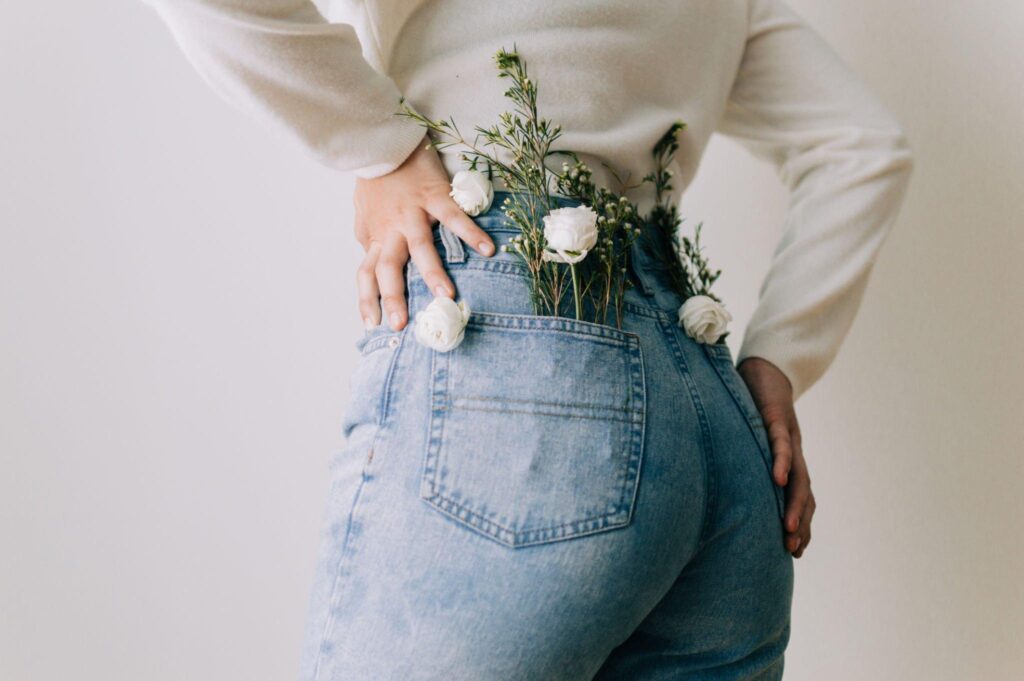
All older individuals in today’s society typically wear jeans as a sort of clothing. In the latter half of the 19th century, Levi Strauss created the first pair of jeans, which were cotton trousers with copper rivets. Due to their ability to be worn comfortably, jeans have become much too popular among people nowadays.
Jeans are a style of clothing that can be worn by people of any age and in any setting. As seen by the fact that their closets are stocked with numerous pairs of jeans for every occasion, contemporary students cannot function without the staple five-pocket jean. Though other colors of jeans are being made these days, blue is the hue that gives jeans their distinctive identity.
For men and women outside of the job, jeans are seen as an elegant kind of casual attire. Denim is the primary material of jeans, even though there are hundreds of distinct types. We provide regular fit, skinny fit, and slim fit, among others. Wet and dry denim is processed to acquire a glance. Dry denim produces harder jeans, while damp denim produces softer jeans. Because they are more durable and do not easily gather stains, men in particular adore the harder jeans.
Nobody is likely to be found without a pair of jeans. Due to the infrequent need for maintenance, they are preferable. All owing to the special qualities of denim materials, which make jeans of high quality. However, there are imitations of lower-quality denim available on the market.
Care Instruction For Jeans
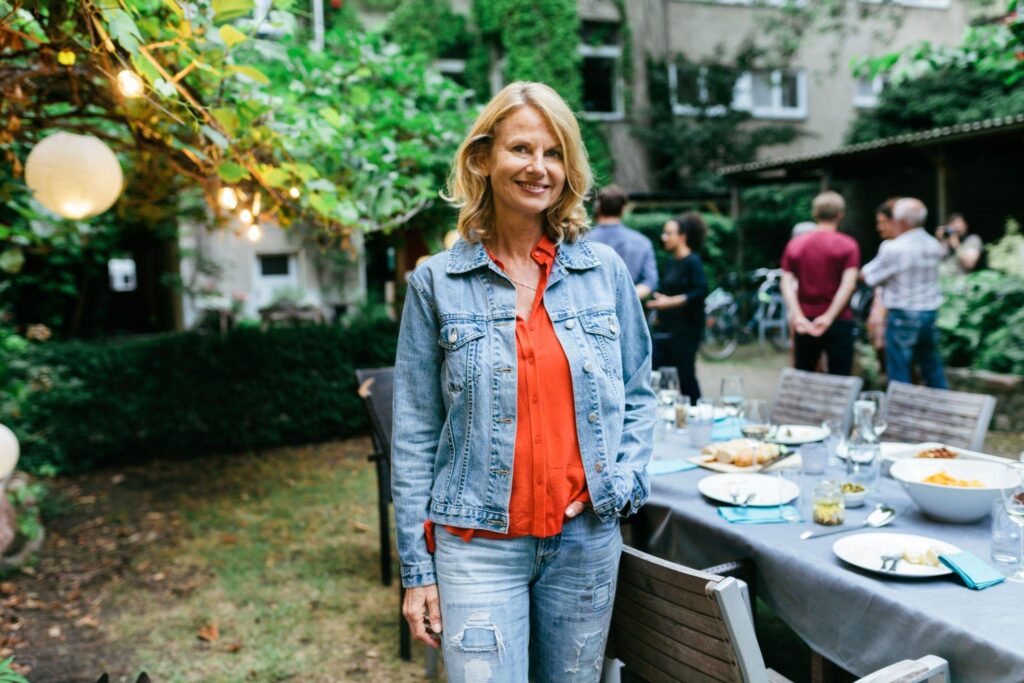
The most important factors in this regard are the color and fabric of the jeans. The first piece of advice is to refrain from pairing dark jeans with lighter hues because it might change their intensity. Additionally, you should exercise caution around lighter furnishings since damp, dark clothing may alter the color.
The jean has a long lifespan in terms of durability if it is not washed too frequently. Because the color and quality of these garments can fade over time, they shouldn’t be cleaned frequently. Possessing multiple pairs of jeans as opposed to just one could be a part of the solution.
Denim
One type of fabric that can be produced using stretch twill or 100% twill denim vs cotton. The warp yarn in denim is blue cotton, and the filling yarn is white cotton. Together, they help to form a strong twill with diagonally oriented parallel lines. Worldwide, denim fabric is used to create a variety of accessories for men and women of all ages, including jeans, jackets, shirts, bags, and purses.
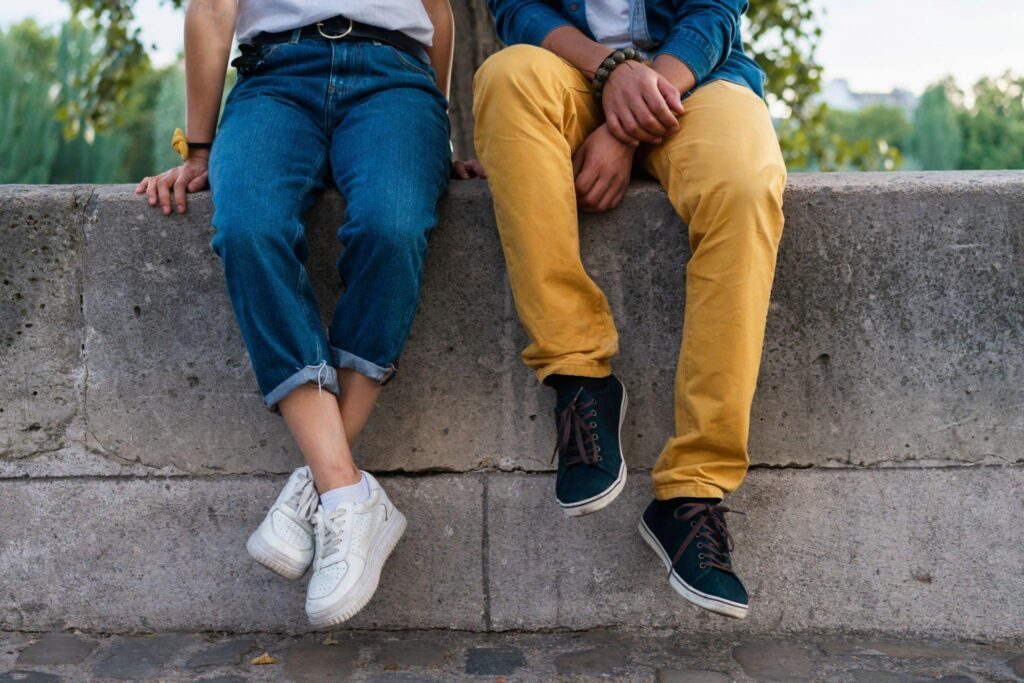
Heavy cotton twill, which is 100% cotton and long-lasting, is what gives denim its quality. The blue and white cotton used to make the warp thread for the denim fabric is used to give the fabric a variety of blue and white diagonal parallel lines. It must go through several steps before becoming the finished product, and it can even be dyed to any desired hue. Both wet and dry denim exist. Skinny and softer jeans are made from wet denim. These jeans often have a silky feel, but they are not as durable as those made with dry denim.
Dry denim, however, forms when the fabric is not cleaned after dying. As a result, the material continues to be tougher and is used to create tough jeans like the normal fit.
What Is Denim Made From?
Although there are significant amounts of cotton-synthetic fiber blends, denim is typically made entirely of cotton and is yarn-dyed and mill-finished. The durability of denim has been proven over many years of use in the apparel business, particularly in the production of overalls and work-appropriate pants.
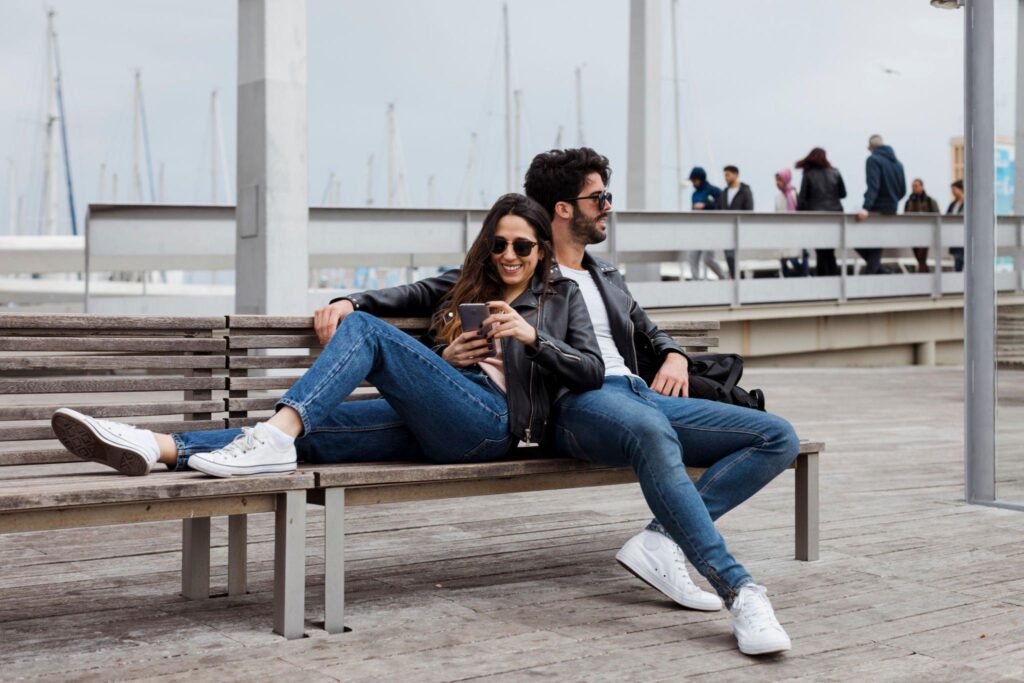
Care Instructions For Denim
Before washing your denim fabric or item, be sure to thoroughly review the care instructions. The majority of indigo dye can transfer during washing, so wash denim with complementary colors or by itself on the first wash.
Denim should be washed on a medium to regular cycle in cold water. Denim can be dried in a dryer; the heat setting should be medium. To increase the lifespan of your denim clothing, you should hang dry it and only wash it after many uses.
Denim vs Jeans – 5 Key Differences Between Both
Simply put, the distinction between denim or jeans is that one is a fabric and the other is an article of clothing. Jackets, overalls, shirts, and jeans are just a few examples of the many clothes that are made from denim fabric. Denim fabric is typically used to create a form of clothing called jeans. Cotton is sometimes used in the production of jeans, making them lighter and more breathable than denser denim.
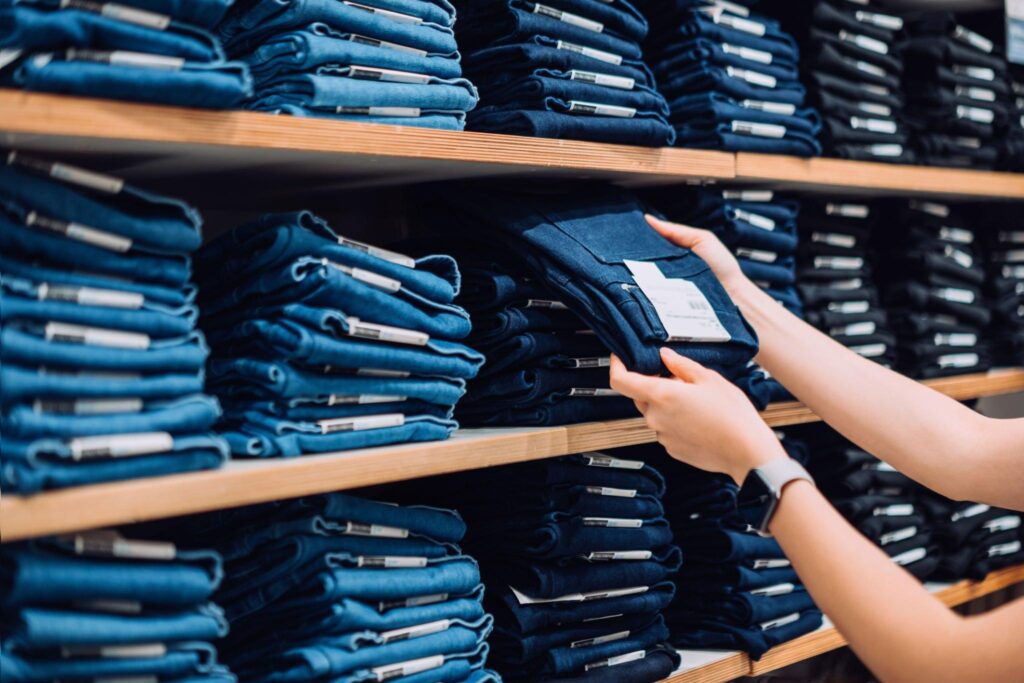
Meaning: Denim vs jeans
When cotton fiber is spun into yarn, it is dyed with indigo and then woven into the fabric to create denim. Denim fabric is typically used to create the type of clothing known as jeans.
Color: Denim vs jeans
The weft yarn on the back of the denim fabric is white, while the warp yarn is blue on the front. Several colors and tints can be dyed into jeans.
Composition: Denim vs jeans
100% cotton is used to make denim. The cloth is woven in a twill weave. Although denim fabric is typically used to make jeans, denim can also be replicated using various synthetic materials.
Durability: Denim vs jeans
To make denim more durable, it is made of 100% cotton twill. Due to their fabric construction, jeans are also strong. The processing method, however, may affect how long they last. In comparison to denim, denim is more resilient.
Weight: Denim vs jeans
In contrast to the lightweight jeans it produces, denim is a substantial raw material. Because they must be worn numerous times, jeans are designed to be lightweight. Weights vary depending on the design. The thick ones, constructed of dry denim, are fairly hefty and ideal for wearing in the winter.
Uses: Denim vs jeans
As well as bags, purses, blouses, and skirts, denim is utilized to jeans manufacture a wide range of accessories. The products manufactured of denim fabric include jeans among others. Then, of course, jeans are the type of clothing you wear for casual settings. Workwear is rarely made of them. Due to their low maintenance requirements, jeans are popular. Every time you wear them, they do not need to be ironed.
What Is The Difference Between Pants And Slacks?
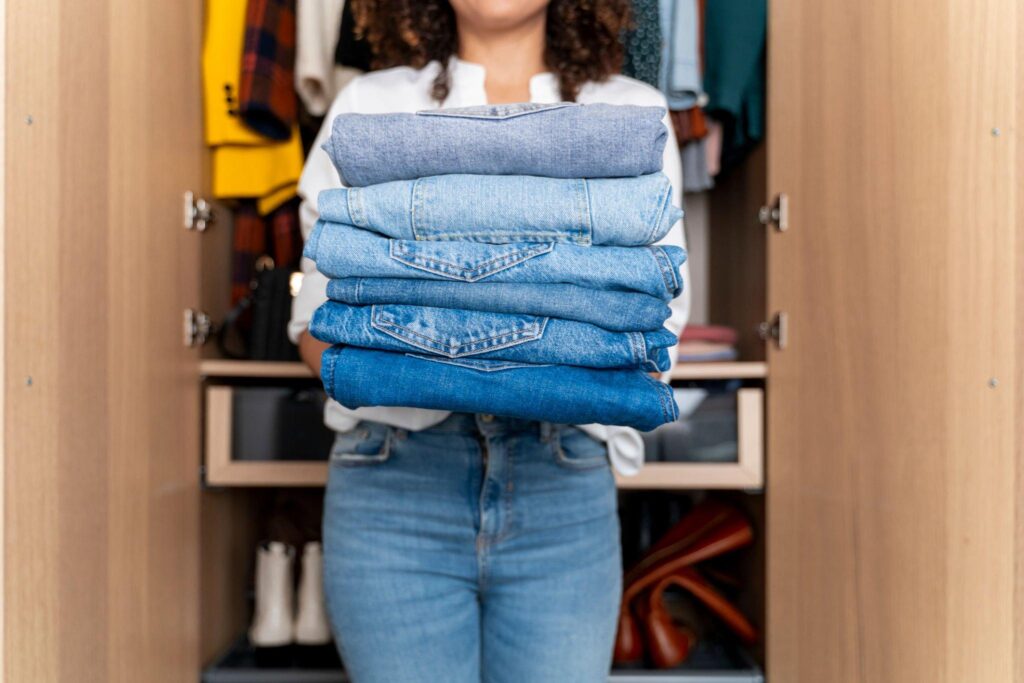
In American English, pants are a two-legged outer garment. A less formal variant of pants known as slacks usually has a looser cut and places more of an emphasis on women’s fashion.
Generally speaking, these two phrases refer to men’s clothing, yet some women’s fashions can use slacks because of their universal applicability.
These phrases also have special versions that define particular designs. Jeans, dungarees, waders, khakis, and other clothing manufacturers’ options are available.
About Slacks
In American English, the word “trousers” is used to describe any sort of pants that is associated with formal or semi-formal attire. Joggers, sweatpants, and other modern sporting clothing options are not covered by them.
Both men and women can wear formal and casual pants, which are referred to as “slacks.” Although most slacks are casual attire, they shouldn’t be worn to work because they don’t go with a tie or a formal suit. Slacks are relatively loose-fitting and regarded as being of a bygone period, thus younger generations choose to wear pants instead. Slacks are also constructed of a glossy polyester material rather than cotton. So these slacks are inappropriate for a formal setting. However, slacks are incredibly cozy, and wearing them makes one feel relaxed. Men and women both wear slacks, although females tend to wear them more frequently than men.

If you wore slacks, you’d have a comfortable pair of pants that would be appropriate in most situations. The word is derived from an old Saxon adjectival word that means “loose.” When worn, they shouldn’t be too tight or snug.
The majority of pants are constructed from wool. By giving the product lots of breathing room, it avoids feeling heavy or oppressive. Although some businesses use this term to describe some traditional selections, these styles are often informal. Slacks’ main distinguishing feature is their loose-fitting design.
About Pants
In the United States and many other nations, trousers are referred to as “pants.” It is a piece of apparel that is worn throughout Western culture, including in Commonwealth nations that were formerly a part of the British Empire. Pants have become incredibly popular since they are cozy and convenient, even in places like South Asia, China, Japan, and Korea where men used to dress traditionally. Contrary to what the name implies, it is not the same as women’s underwear that covers the thighs.
Many different denim jeans materials are used to make pants and trousers, but cotton is the material of choice due to its ease and breathability. Additionally, there are pants with and without pleats to meet the needs of various demographic groups. Since they don’t require extensive ironing, wrinkle-free pants are fashionable right now.
Because both men and women can wear that are jeans pants, they are considered unisex clothing. However, women’s pants have distinct hues, textures, and fits than men’s pants.
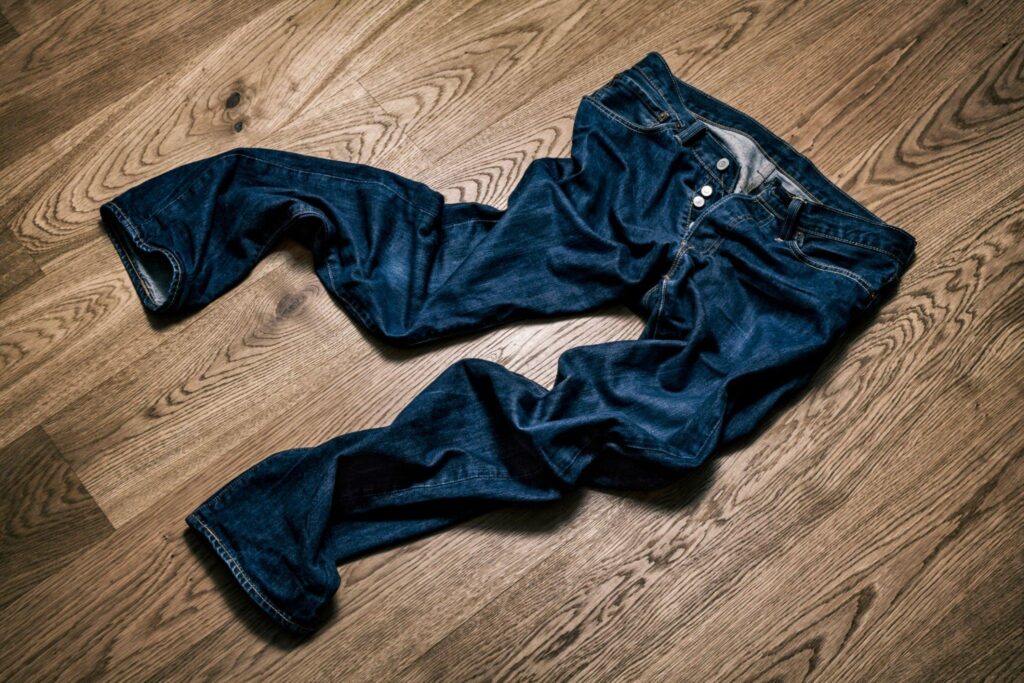
Difference Between Pant And Jeans
Pants, a general term for all types of trousers used by both men and women, allude to jeans, a style of trousers composed of thick twill known as denim. Compared to pants and jeans differences are constructed of softer materials. Compared to casual-looking jeans, pants are more formal.
Here are a few differences between pants and jeans:
Type
Pants refer to a far broader spectrum of bottom-wear clothes, including jeans, even though both jeans vs pants are fashion essentials that are worn to cover the lower portion of the body with distinct areas for each leg. American culture views pants as any bottom clothing that covers the lower body, whereas British culture views pants as undergarments. High-quality, long-lasting bottom-wearing pants are referred to as “jeans” in all fashion circles.
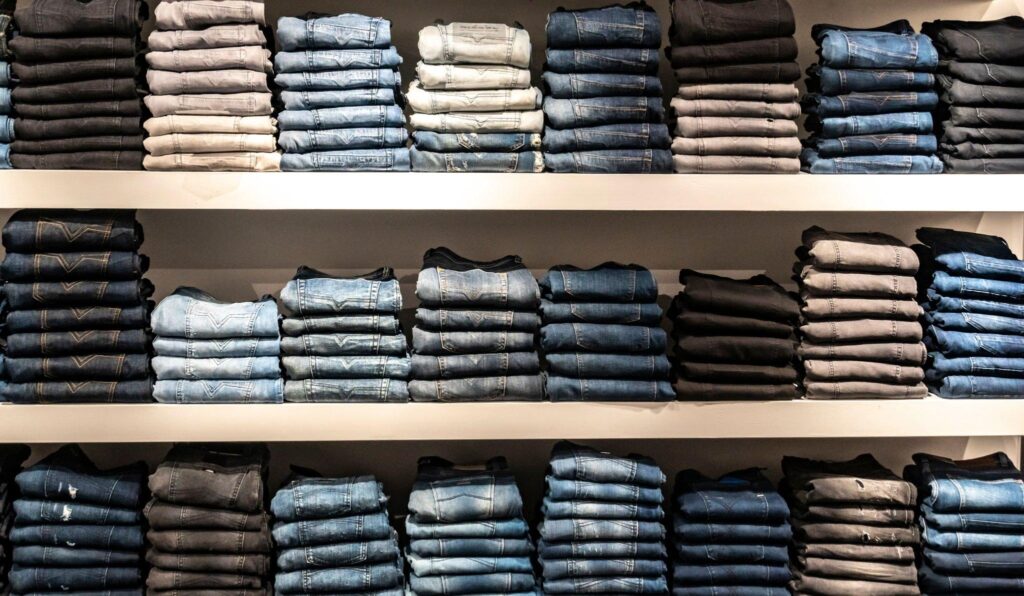
Fabric
Different types of cloth are utilized to manufacture all different types of pants, even though cotton is the most popular fabric for both casual and formal trousers. Cotton, linen, wool, and silk are examples of natural fibers used in the production of trousers. Man-made fibers include things like nylon, polyester, rayon, fleece, and acrylic. Conversely, denim, a tough and long-lasting cotton warp-faced twill fabric, is what is used to make jeans.
Durability
Denim, a tough and resilient cotton twill fabric that has been used for decades to create heavy-duty pants and overalls for hard labor that demands durability, is the material that is used to make jeans. Denim has long been regarded as a tough work fabric because of its resilience and versatility. Conversely, pants are not as robust and long-lasting as denim jeans.
Style
Depending on the occasion, personal style, and type of work you do, there are numerous styles of pants. Chinos are a timeless option that is available in a wide range of colors for every occasion for casual outdoor wear, especially in the summer. Numerous more types of trousers can be worn for a variety of circumstances, including cords, drawstring pants, corduroys, pajamas, cargo pants, track pants, slacks, shorts, khakis, and joggers.

FAQs
How Can You Recognize Denim Jeans?
The stitching must be straight and should not fray. The likelihood that you have authentic denim increases with better sewing. The quality of the denim may be compromised if the color fades after the first wash. Make sure the brand name you’re purchasing is spelled properly.
How Is Wearing Denim Bad For You?
Lack of high flexibility It can be challenging to wash and dry denim for a long time because the fabric is thick and slightly rough.
What Defines High-Quality Denim?
The denim used to make high-quality jeans is stronger and heavier in weight. They should feel as luxurious as they should appear. Get the fabric when you’re shopping, then. Apart from summer jeans, lightweight denim (i.e. anything under 12 ounces) is typically thought to be of poorer quality.
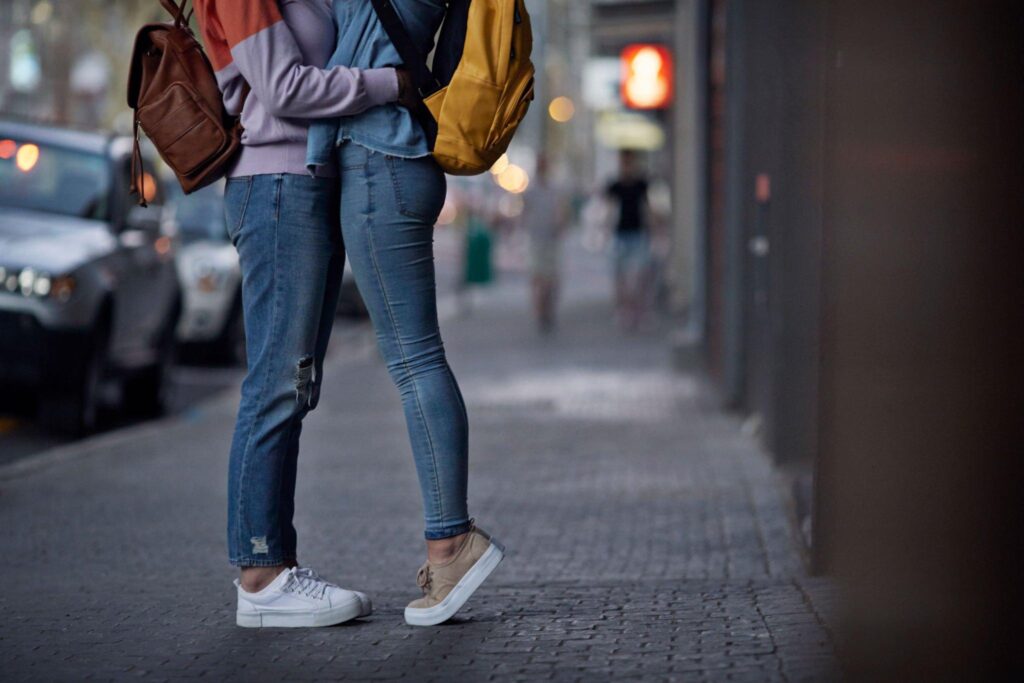
Final Words
In the clothing industry, the most well-known pair of pants are jeans, which are constructed from denim. Since there is a wide variety of textiles available, the fashion industry is not just confined to bottoms and is now developing adaptable tops with denim as well. No other fabric offers fashion designers such a diverse selection of options.

